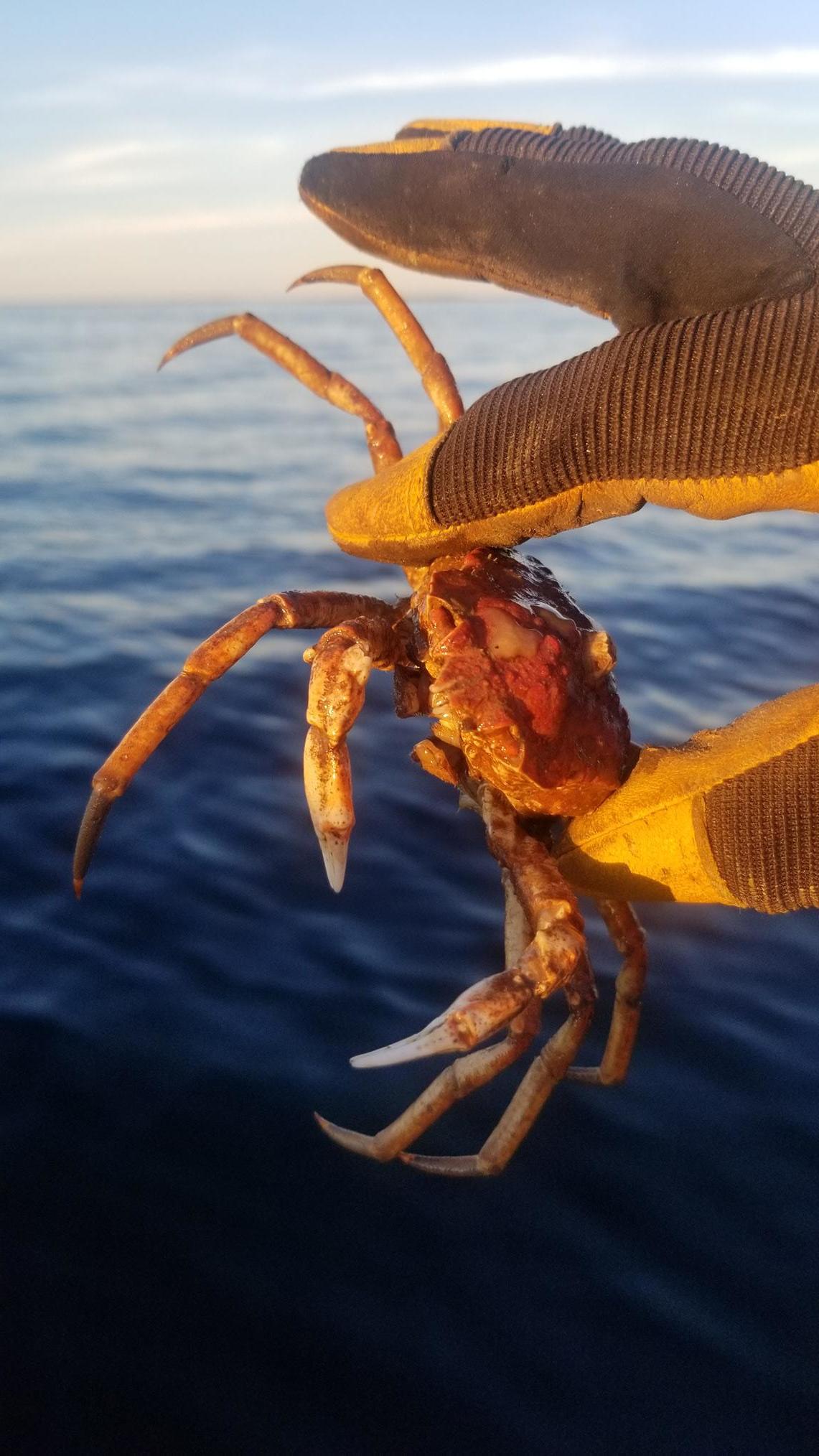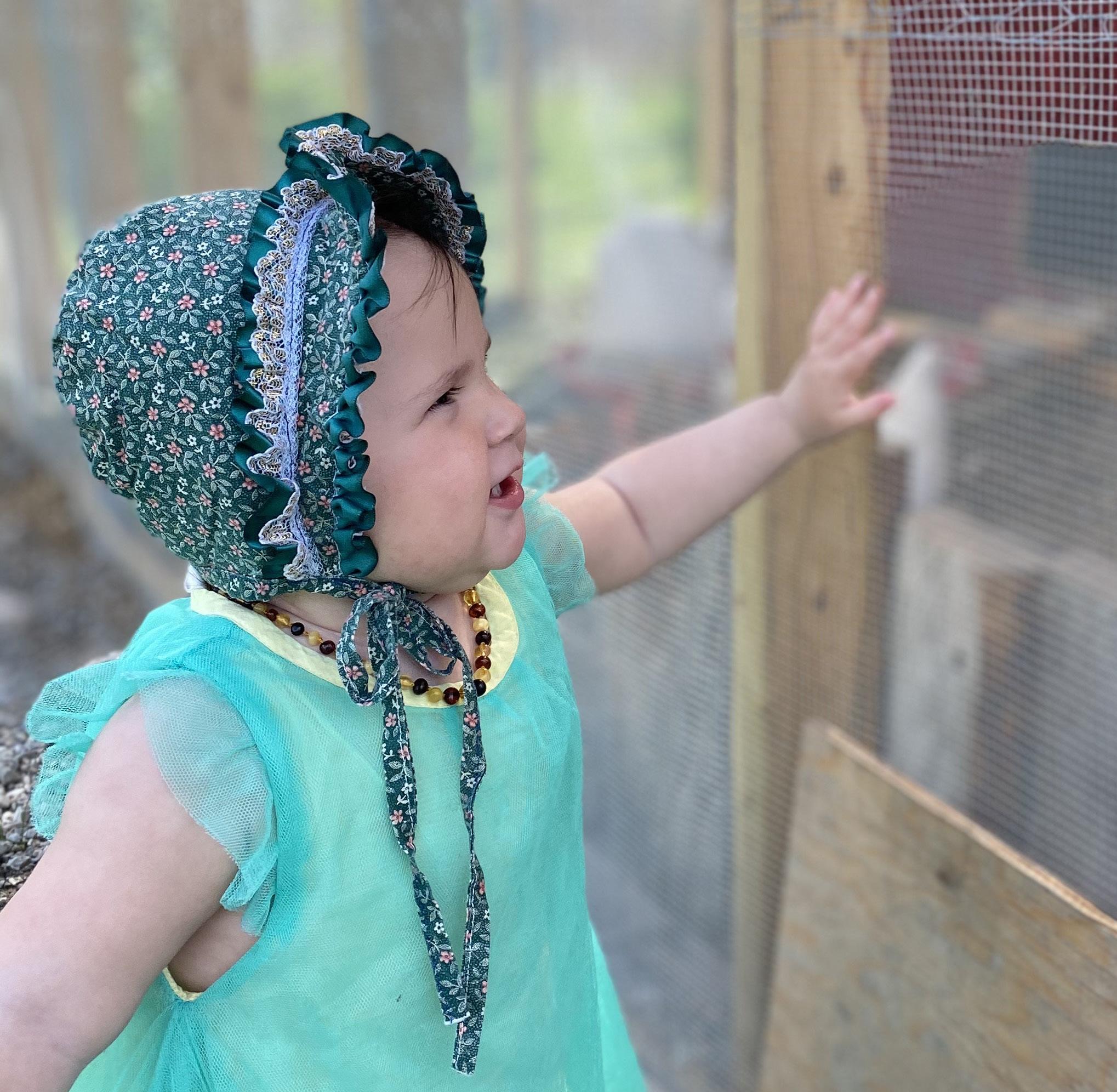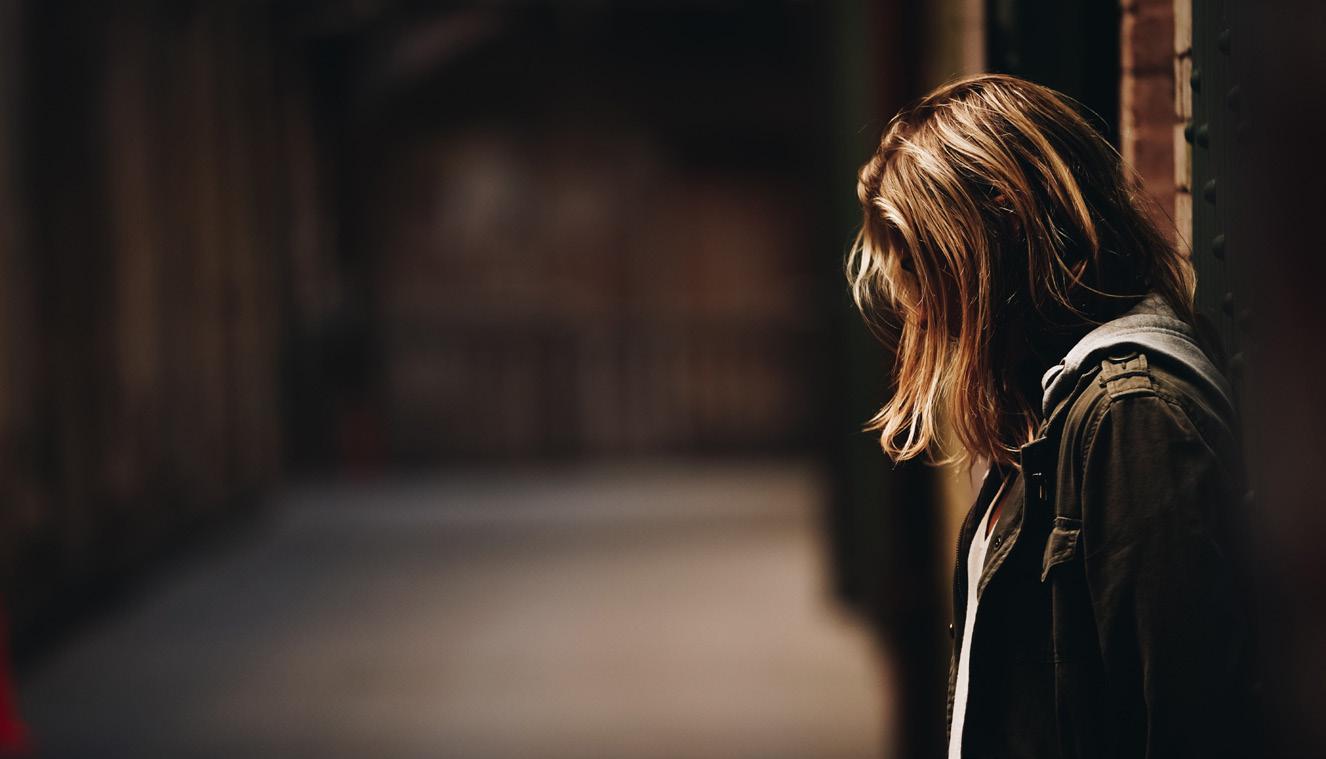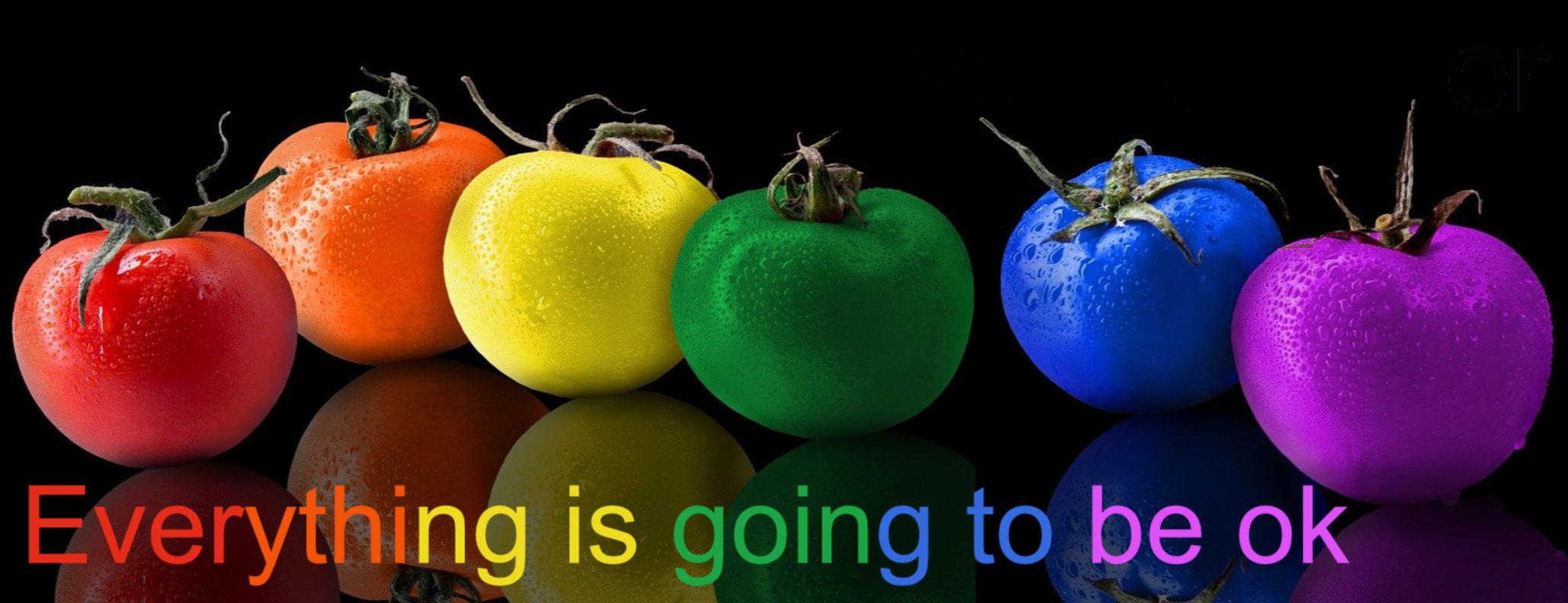
9 minute read
An inconvenient trickster
an inconvenient trickster by Patrick Quinn
Filmmaker Michelle Latimer’s two TIFF premieres
Advertisement
provide a showcase for Indigenous talent
With two projects premiering at the Toronto International Film Festival (TIFF) this September, Métis-Algonquin filmmaker Michelle Latimer hopes to empower Indigenous communities through the same medium that has so often been a source of misrepresentation.
While the documentary Inconvenient Indian and CBC television series Trickster are adaptations of popular books by Thomas King and Eden Robinson respectively, both are infused with Latimer’s compelling visual aesthetics and activist tendencies. The latter were clearly demonstrated in her Indigenous resistance docu-series Rise, which placed her amidst the Standing Rock pipeline protests.
Following that hectic experience, working on Inconvenient Indian enabled Latimer to embrace her more meditative side. Then, when returning home to Thunder Bay to scatter her grandmother’s ashes, she devoured Robinson’s Son of a Trickster and couldn’t shake the characters from her head.
“What really stood out to me is that it’s so contemporary,” Latimer told the Nation. “Thomas King talks about how unless we look like the leathers-and-feathers ‘Dead Indian’, we’re not seen. I thought Eden’s characters defied that stereotype completely. They were modern, irreverent, struggling, but magical as well. Her characters leapt off the page with energy.”
Over dinner with Sienna Films co-owner Jennifer Kawaja, Latimer lamented that Indigenous filmmakers generally can’t afford the rights of successful novels. That conversation led to a 50-50 partnership offer to pursue the rights to Robinson’s book. Latimer’s impassioned pitch letter resonated with the acclaimed author, who was impressed by her approach to community consultation and harnessing Indigenous talent on both sides of the camera.
“I’m so tired of people telling me there’s not enough Indigenous people to fill certain roles,” explained Latimer. “I would love to get to a place where there are so many talented Indigenous people for every department on a film set that they don’t know who to hire because there are too many of us to pick from. That would be my dream.”
Trickster is provocative and thrilling magic realism, recalling surreal dramas like Stranger Things and Twin Peaks with a uniquely Indigenous spin. Latimer and co-creator Tony Elliot fill the series with pulsing energy and dark humour, subtly introducing supernatural elements that suggest traditional folklore woven with repercussions of intergenerational trauma.
“We’re not talking about residential school, but you understand the context in a way that’s almost like subtext,” expressed Latimer. “I find that interesting, not hammering the issue over the head but creating a world with all those complexities. Therefore, it elicits a different kind of empathy because it humanizes the issues.”
Trickster stars Joel Oulette as Jared, a charismatic and responsible 17-year-old in northern BC who sup-
Joel Oulette (Jared) and Anna Lambe (Sarah) in Trickster; Stills courtesy of CBC
ports his hard partying and schizophrenic mother by cooking MDMA on the side of his fast-food job. When a mysterious stranger claims to be his real father, things get even weirder.
“I really see Trickster as a healing journey,” Latimer asserted. “Jared is trying to fly under the radar, but he’s overcome with these visions. It’s only when he accepts who he is and where he comes from that he can step into his true power. That is a metaphor for what lots of Indigenous kids go through.”
Latimer credits her creative team with helping to chart the six-episode story arc and, based on Robinson’s second book of the trilogy, is already writing the sophomore season. She appreciates the confidence both Robinson and King have shown in her artistic vision, encouraging her to use the source material as a launching point for exploring ideas.
Inconvenient Indian transcends the documentary genre through immersive cinematography and sound design.
“The beauty of documentary is it’s always a bit of a journey and a discovery,” said Latimer. “I wanted to privilege the image over the voice for people to have a visual experience rather than a narrative one. I wanted it to feel like a piece of poetry or music in that way. It just sinks in and is an experience that takes you over when you’re listening or watching it.”
A Tribe Called Red’s “We are the Halluci Nation” accompanies the film’s hallucinatory beginnings, including a visceral re-enactment of Custer’s Last Stand and rave-y exploration of cultural appropriation at the West Hollywood Halloween Parade. As King provides thoughtful voice-over, he rides through the city in a taxi driven by a trickster-like coyote.
After establishing how the white settler lens has contributed to cultural genocide, Latimer turns the camera to some of today’s most exciting Indigenous creators – visual artists Kent Monkman and Christi Belcourt and filmmakers Alethia Arnaquq-Baril and Nyla Innuksuk.
“This is only a small sampling of the amazing work that is being done across Turtle Island,” Latimer said. “I’ve been following these artists’ work for a long time and been really inspired by them, so it was such an honour to tell a small part of their story. They’re really the ‘inconvenient Indians’ – they’re the ones disrupting, and I love it.”
The film shares King’s subversive humour and provocative spirit, inviting viewers to consider their own complicity in perpetuating harmful stereotypes while demonstrating how contemporary communities are reclaiming traditional cultural practices.
“Thomas King asks the audience to think about where stories come from and how representations are sometimes dangerous, whereas Trickster is really an example of representation,” argued Latimer. “When you fill the roles in front of and behind the camera with Indigenous people this is what a new kind of storytelling can look like. I hope it makes people realize what we are capable of when we have some space and opportunity to really create.”
“I’ve been following these artists’ work for a long time and been really inspired by them, so it was such an honour to tell a small part of their story
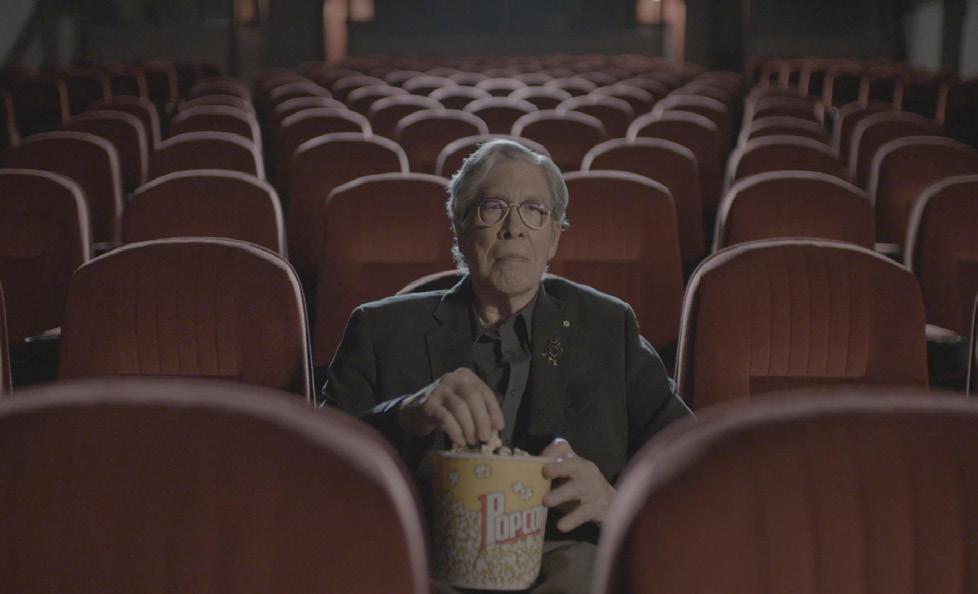
- Métis-Algonquin filmmaker Michelle Latimer
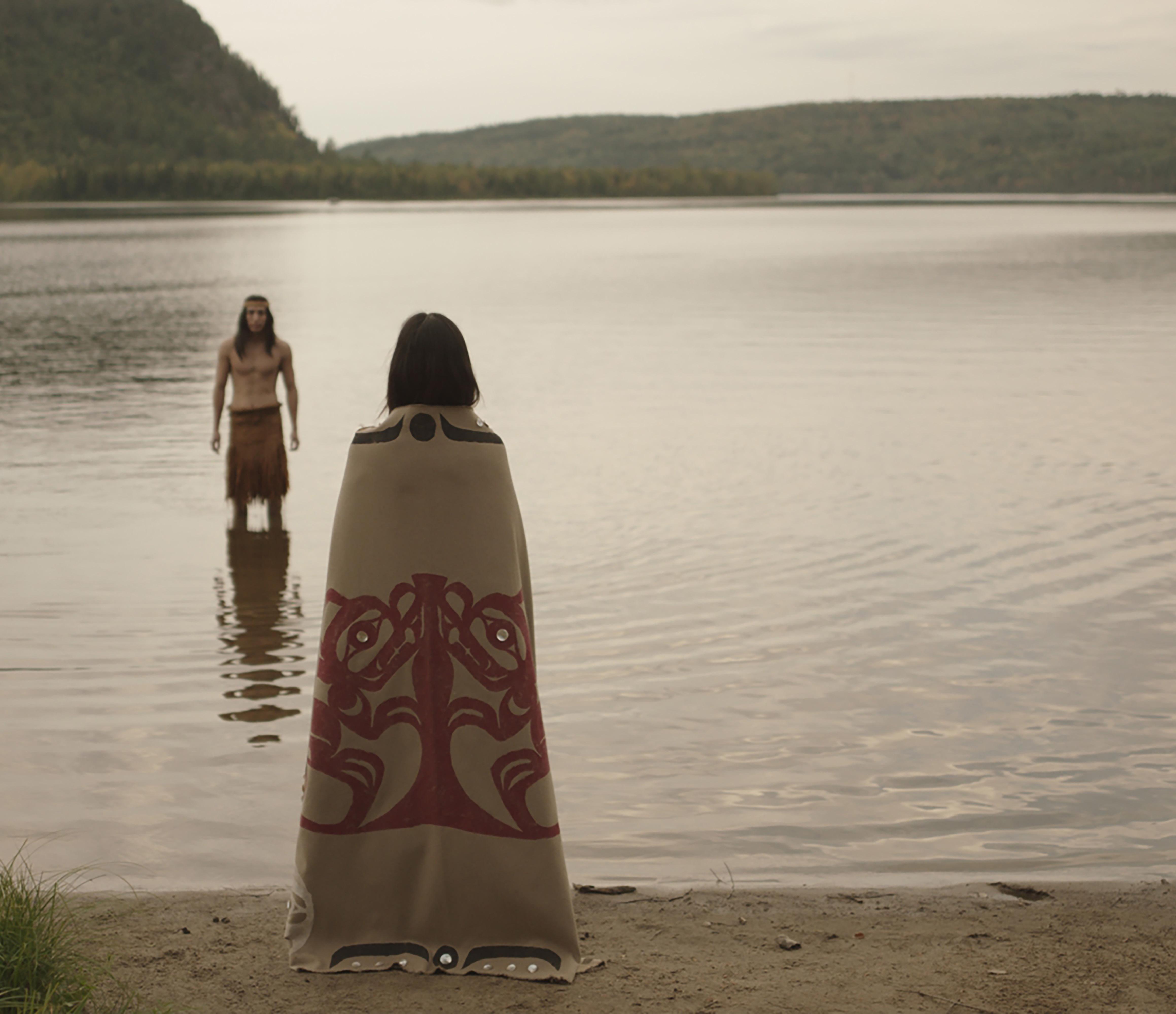
PUBLIC NOTICE TO ALL ELIGIBLE VOTERS RESPECTING THE ELECTION FOR CBHSSJB CHAIRPERSON
Notice is hereby given that the election for the office of the Chairperson of the Cree Board of Health and Social Services of James Bay (CBHSSJB) will be held on Monday, October 19, 2020.
The CBHSSJB Chairperson is the Cree representative on the CBHSSJB Board of Directors elected by and from among the members of the Cree Nation Government for a term of four years.
The present notice is in accordance with CBHSSJB “Consolidated By law No 9: By-law respecting the Procedure for the Election of the Cree Representative of the Members of the Cree Nation Government and Chairperson of the Cree Board of Health and Social Services of James Bay.
Qualifications to Vote
• • The qualifications to vote in the election of the CBHSSJB Chair person are as follows: • To be a member of the Cree Nation Government (enrolled or en titled to be enrolled as a Cree beneficiary of the James Bay and
Northern Quebec Agreement); • To be of the age of majority on the date of the election (18 years of age on October 19, 2020); and • • Not to be affected by any legal incapacity.
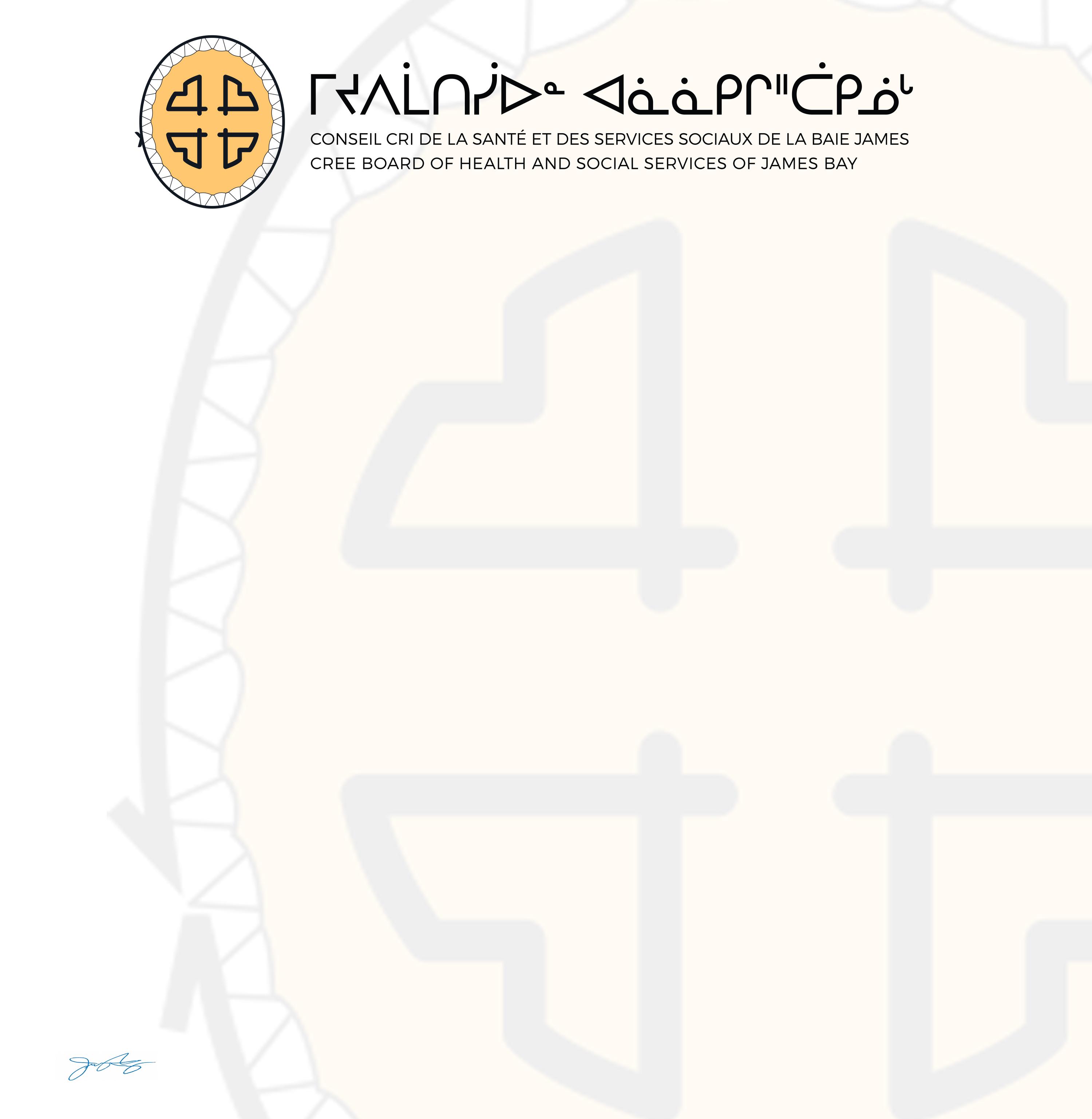















Qualifications to be a Candidate
T The qualifications to vote also apply to candidates for the office of the Chairperson. In addition, no one who is an employee or practices a profession with the CBHSSJB may be elected as the Chairperson unless that person resigns or ceases to practice upon election. Any person who acts as a Returning Officer or Local Returning Officer for the election cannot be a candidate.
Nomination Procedures
Only persons who meet the candidate qualifications and who are nominated by ten (10) eligible voters on the applicable nomination form may be candidates for Chairperson.
T The nomination period for candidates will start on Friday, September 4, 2020 and will CLOSE on Friday, September 18, 2020 at 5:00 p.m. Completed nomination forms must be submitted to the Returning Officer in person, by mail, by fax or by email by this deadline. Any nomination received after this deadline will NOT be accepted. The original of any nomination form sent by electronic means must be filed with the Returning Officer by September 24, 2020 at 5:00 p.m.
A nominated candidate must confirm in writing to the Returning Officer that he/she accepts the nomination by Monday, September 28, 2020 at 5:00 p.m., failing which his/her name will be removed from the list of candidates.
T The nomination form may be obtained from the Returning Officer or a Local Returning Officer appointed by him. The nomination form may also be downloaded here or from the website of the CBHSSJB at: www.creehealth.org.
Polls
This election poll will be held in person, as set out below.
HoweveHowever, in order to ensure that the election poll is carried out safely in view of the on-going public health emergency, the Returning Officer may authorize certain voters to participate in the poll by telephone where he deems it appropriate, such as for eligible voters located in “COVID-19 Areas of Risk” determined by the Cree authorities.
ADVANCE POLL: Thursday, October 15, 2020 from 9:00 a.m. to 7:00 p.m. MAIN ELECTION POLL:Monday, October 19, 2020 from 9:00 a.m. to 7:00 p.m.
Please check future Public Notices for the locations of the polling station(s) in each community and other locations, and for information regarding authorization to participate in the poll by telephone where deemed appropriate by the Returning Officer. For further information or to request or submit a nomination form, please contact Returning Officer John Henry Wapachee at: jhwapachee@nemaska.ca; [mailing address: 6 Bear Trail, PO Box 131, Nemaska, QC J0Y 3B0]; or call 514-601-4607. For information, please also contact Robin Pachanos, Deputy Returning Officer at robinpachanos@gmail.com.

